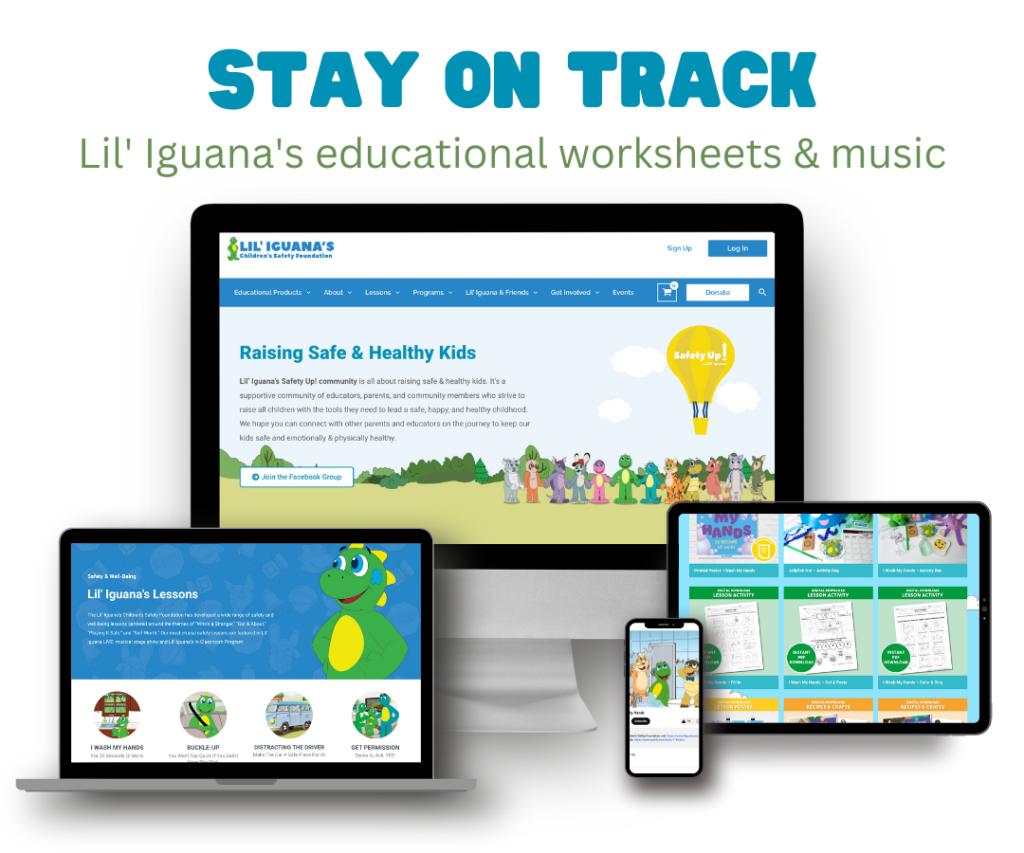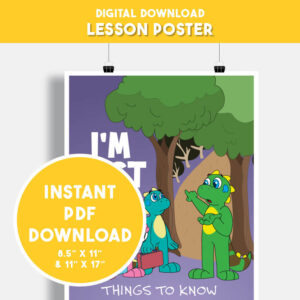National Preparedness Month, observed every September, serves as a timely reminder of the importance of being prepared for emergencies and disasters. While it’s essential for adults to have a plan in place, ensuring the safety of our children during such challenging times is equally crucial. There are many avenues to explore with child safety during National Preparedness Month.
It’s important to provide practical tips for building resilience together as a family. Children are among the most vulnerable during emergencies and disasters. They rely on adults for protection and guidance. Ensuring their safety during crises is essential for their well-being and peace of mind for parents and caregivers.
Empower yourself with practical tips for child safety and peace of mind:
- Family Emergency Plan: Create a family emergency plan that includes designated meeting places, contact information, and evacuation routes. Ensure children understand the plan and practice it regularly.
- Emergency Kit: Assemble an emergency kit that includes essential supplies like food, water, clothing, medications, and comfort items for your child. Don’t forget items such as diapers, formula, and favorite toys.
- Communication: Teach children how to use a phone to call for help and communicate their location. Ensure they know how to reach emergency services like 911.
- Educational Approach: Explain the importance of preparedness and safety in a calm and reassuring manner, addressing their questions and concerns.
- Stay Informed: Keep children informed about potential hazards in your area, such as hurricanes, earthquakes, or wildfires. Explain what they might expect and how to stay safe.
- Practice Drills: Conduct emergency drills at home, school, or daycare to help children become familiar with what to do in different scenarios.
- Comfort and Reassurance: Reassure children that they are safe and loved. Offer comfort and emotional support during and after emergencies.
- Designated Guardians: Identify trusted individuals, like parents and teachers, who can serve as emergency guardians if you are unavailable during a crisis.
- Emergency Contacts: Teach children how to contact designated emergency contacts in case they can’t reach you.
- Listen to Concerns: Encourage children to share their feelings and fears. Provide age-appropriate explanations and comfort as needed.
- Create a Safe Space: Designate a safe space within your home where children can go during emergencies. Ensure they understand when to use it.
- Stay Calm: Your reaction during emergencies sets the tone for how children will respond. Stay calm and composed to provide a sense of security.
National Preparedness Month is a timely opportunity to prioritize child safety and resilience in the face of emergencies. By involving children in family emergency planning, addressing their concerns, and providing reassurance and guidance, we can empower them to be more prepared, confident, and resilient during challenging times. Building a culture of preparedness and safety within our families ensures that our children are well-protected, regardless of the situation, and allows them to grow into resilient individuals capable of facing life’s challenges with confidence.
Printable Activity
Tag @LiliguanaSafety on socials and hashtag it #liliguanafun




